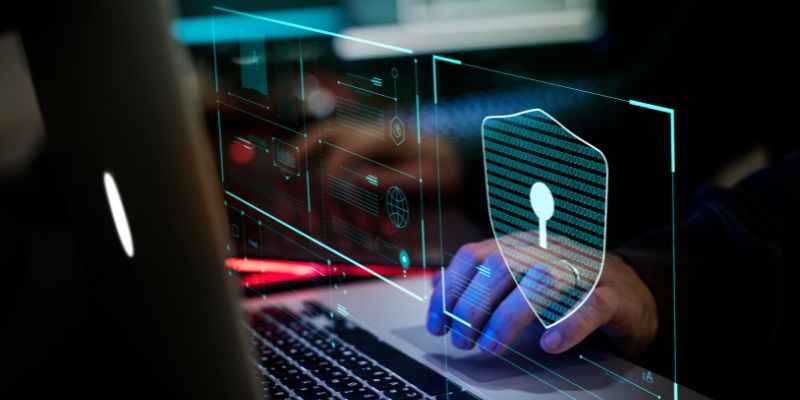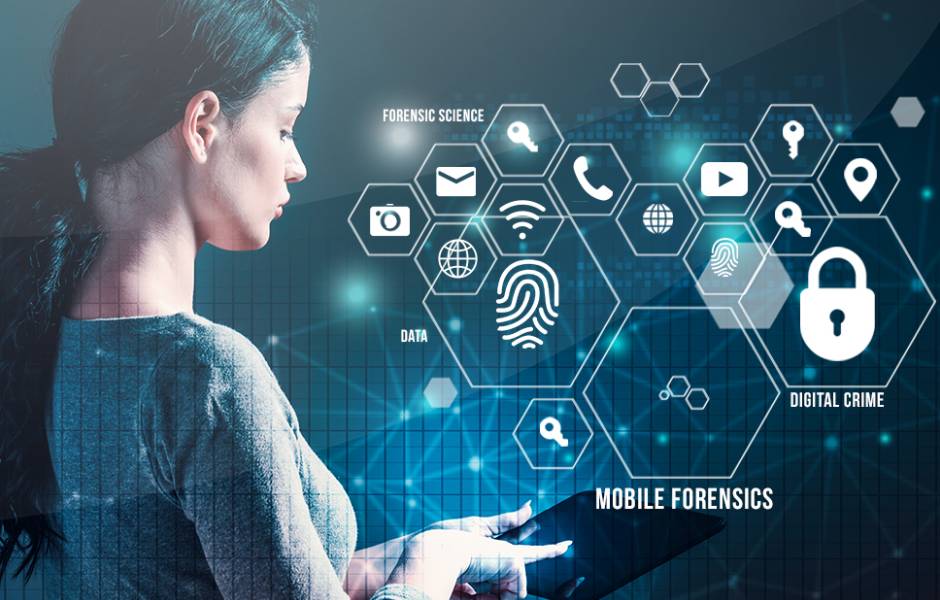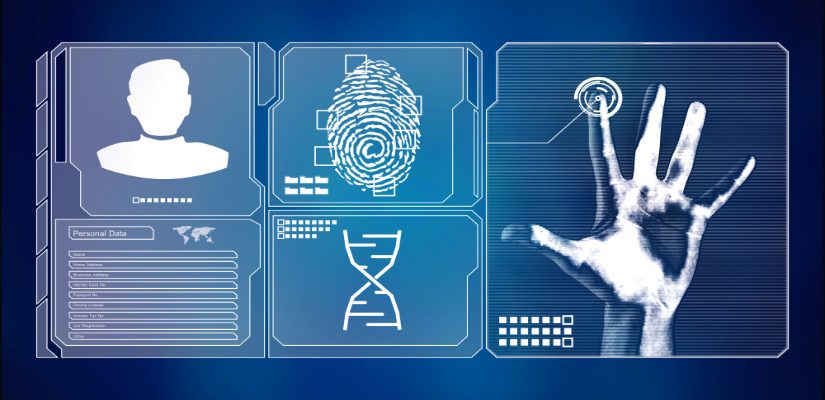Forensics and Investigation: The Continued Evolution of Crime-Solving Techniques (Part 3)
Forensic science has consistently evolved over time, incorporating new technologies and methods that make crime-solving more effective and efficient. The integration of innovative tools in both the laboratory and on the field has transformed how investigations are carried out and has provided a higher degree of accuracy in identifying criminals, reconstructing events, and presenting evidence in court. In this continuation, we dive deeper into more emerging techniques, challenges, and the future of forensic investigations.
Emerging Forensic Techniques
As technology continues to advance, new and exciting forensic techniques are becoming commonplace in modern investigations. These emerging methods are expanding the tools available to law enforcement, allowing them to solve crimes more thoroughly and sometimes more swiftly than ever before.
1. Molecular Forensics
Molecular forensics is an emerging field that takes DNA analysis even further. By examining various molecules in biological samples, forensic scientists can gather even more precise information about individuals. This includes looking at RNA (the intermediary molecule that carries genetic information) in addition to DNA for greater detail about gene expression. RNA-based analysis, for instance, can indicate if a person was under stress at the time a crime was committed by measuring the presence of specific stress-related genes.
Molecular Forensics can also include:
- Epigenetics: Studying changes to DNA that do not involve alterations to the genetic code itself but can still be passed on, such as environmental or behavioral factors. It has the potential to explain how certain environmental conditions may have affected a suspect’s actions, such as exposure to toxins.
- Proteomics: This involves analyzing proteins found in body fluids or tissues. It can give valuable information on a person’s health, injuries, or exposure to specific substances. For example, the presence of certain proteins may help determine whether a victim fought back or was incapacitated before a crime occurred.
2. Forensic Botany
Forensic botany is the study of plant life in criminal investigations. While it has been around for some time, recent advancements in botanical analysis are providing forensic investigators with more useful information about how and when a crime occurred. Forensic botanists examine pollen, plant material, or trees found at a crime scene to determine a variety of facts, such as:
- Time of Death: The type of plant growth or decay around a body can provide clues about how long someone has been deceased. Certain plants thrive only in particular climates or seasons, which helps establish the time of death.
- Crime Scene Movement: Plant matter found on a suspect’s clothing or shoes, or pollen on an object, can reveal whether a person has been at the crime scene, even if they didn’t leave obvious traces like fingerprints.
Forensic botanists have been crucial in cases where the victim is buried, decomposed, or hidden in vegetation, as plant and soil samples can help locate bodies or provide additional context to the investigation.
3. Forensic Linguistics
Forensic linguistics involves the study of language to uncover the truth in criminal cases. By analyzing written documents, audio recordings, or even spoken testimony, forensic linguists can provide insight into a person’s identity, motives, or intent. This can include:
- Authorship Identification: Forensic linguists can compare a body of text (such as threatening letters, ransom notes, or online messages) to known samples of a suspect’s writing to determine whether they are the same person.
- Verbal Behavior Analysis: Linguists can analyze the language used in criminal conversations (whether verbal or written) to assess whether there are inconsistencies in a suspect’s story or whether they are telling the truth.
- Legal Implications of Speech: In cases of defamation, hate speech, or libel, forensic linguistics can assess whether the language used meets the legal definitions of unlawful speech.
While not as widely used as some other forensic methods, forensic linguistics is gaining ground in criminal investigations, especially in cases involving digital communications and online crime.
4. Forensic Archeology
Forensic archaeology applies archaeological techniques to the recovery and analysis of human remains. While archaeology is generally associated with ancient history, forensic archaeology is used to recover modern human remains in criminal investigations.
Forensic archaeologists often work in cases where bodies have been buried, concealed, or destroyed. Their methods include:
- Site Surveying and Excavation: Using tools to carefully excavate a burial site without disturbing any evidence. This includes mapping the location, understanding the burial context, and collecting evidence of trauma or any distinguishing marks on the remains.
- Taphonomy: The study of how bodies decompose and how environmental factors (such as soil, water, or temperature) impact the decay process. By understanding taphonomy, forensic archaeologists can estimate the time of death, the circumstances surrounding the death, and if the body was moved after death.
Forensic archaeologists play a crucial role in cases involving mass graves, disappearances, or skeletal remains, helping to uncover the truth of events that may have taken place years or even decades earlier.
Overcoming Challenges in Forensic Investigations
While the advances in forensic science are impressive, forensic investigators still face many challenges in solving crimes and bringing criminals to justice. These challenges require ongoing research, technological development, and ethical considerations.
1. Contamination and Preservation of Evidence
The preservation of evidence is one of the most critical aspects of a forensic investigation. Evidence, whether physical or digital, must be handled and stored properly to avoid contamination, degradation, or loss of integrity. Forensic scientists and investigators are trained to follow specific protocols, such as maintaining a chain of custody, to prevent any doubt about the reliability of the evidence.
For example, DNA samples can degrade over time due to environmental factors like heat, humidity, or bacteria. In such cases, it is essential for investigators to work quickly and carefully to preserve any traces of DNA, even if only a small sample remains.
2. Legal and Ethical Challenges
Forensic investigations often intersect with legal and ethical issues, especially when new technologies are introduced. For instance, the use of DNA databases, facial recognition, or digital tracking can raise concerns about privacy rights, consent, and the potential for wrongful convictions. As forensic techniques improve, courts and lawmakers must continuously adapt to ensure that these advancements respect individual rights while maintaining public safety.
The challenge of maintaining ethical standards is particularly significant in cases where forensic evidence plays a decisive role in securing convictions. Ensuring that forensic scientists remain objective, impartial, and unbiased is vital to the integrity of the legal system.
3. The Limitations of Technology
While forensic science has seen many technological advancements, not every new tool or technique is foolproof. Some technologies may be prone to errors or misinterpretation, and investigators need to ensure that they properly understand and validate the results of their analysis. For example, while DNA analysis is highly accurate, it is not infallible. Errors can occur due to human error, contamination, or misinterpretation of results, which may lead to wrongful accusations.
Additionally, new methods, such as artificial intelligence in forensics, can only be as good as the data it processes. Without comprehensive and accurate data, the results could be flawed. It’s important to ensure these technologies are tested rigorously before being applied in critical legal cases.
The Future of Forensic Investigations
The future of forensic science promises even greater potential for solving crimes, thanks to the rapid pace of technological advancements. Some of the future developments to look out for include:
- Artificial Intelligence and Machine Learning: AI and machine learning could further improve crime-solving by assisting investigators in analyzing vast amounts of data, detecting patterns, and even predicting criminal activity based on behavioral trends. These tools could help law enforcement prioritize cases and develop new investigative leads.
- Nanotechnology: Nanotechnology might revolutionize forensic analysis by allowing for even more precise detection and analysis of microscopic evidence. It could make it possible to detect substances at even lower concentrations and offer more detailed insights into how a crime was committed.
- Blockchain Technology for Evidence Integrity: Blockchain, the technology behind cryptocurrencies, could be used to create a tamper-proof, transparent chain of custody for digital evidence. This could significantly improve the security of digital evidence and prevent tampering or loss during storage or transmission.
- Smart Wearables and IoT in Investigations: The growing use of smart devices such as smartwatches, fitness trackers, and home security cameras will provide investigators with a wealth of real-time data. The Internet of Things (IoT) could help track a suspect’s movements, habits, and even physiological responses to certain situations, providing new avenues for investigation.
Conclusion
The integration of new technologies and advanced forensic techniques is revolutionizing the way criminal investigations are conducted. From molecular forensics and digital analysis to 3D reconstructions and forensic archaeology, the possibilities for solving crimes are growing exponentially. These innovations not only improve the accuracy and efficiency of investigations but also enhance the integrity of the criminal justice system.
As forensic science continues to evolve, it will remain a critical part of the legal system, helping to uncover the truth, solve cold cases, and ensure justice for victims. The future of forensic investigation is bright, with new developments paving the way for more precise, transparent, and effective crime-solving techniques. As a result, the role of forensic science in modern law enforcement and criminal investigations will only grow in importance in the years to come.


